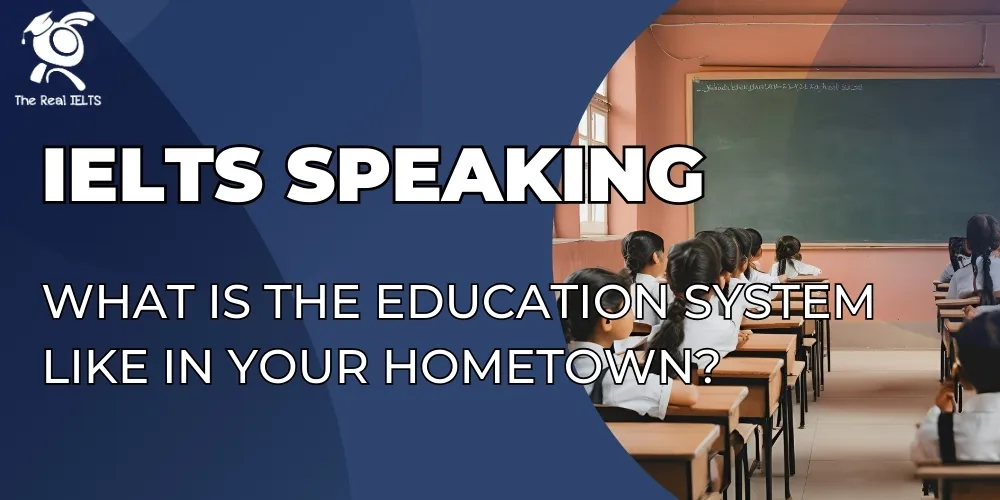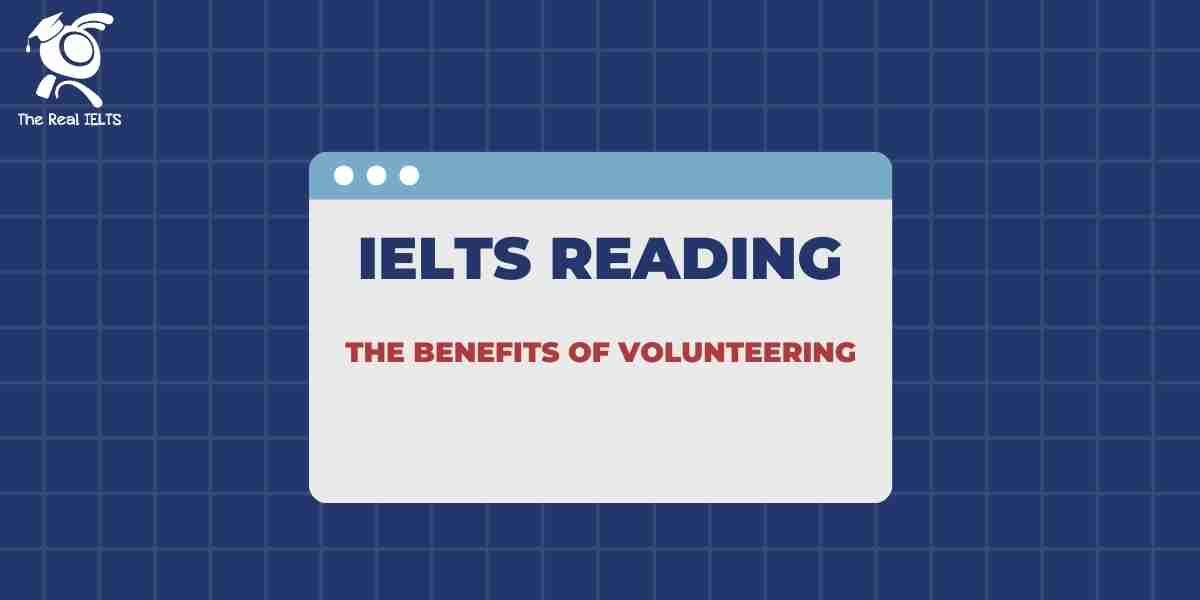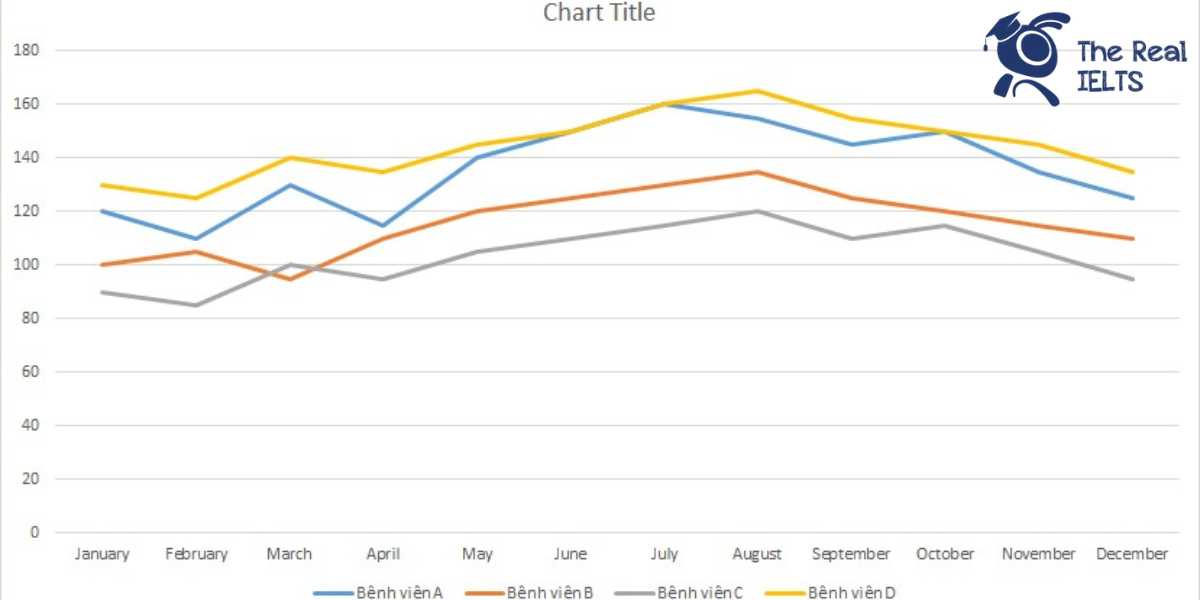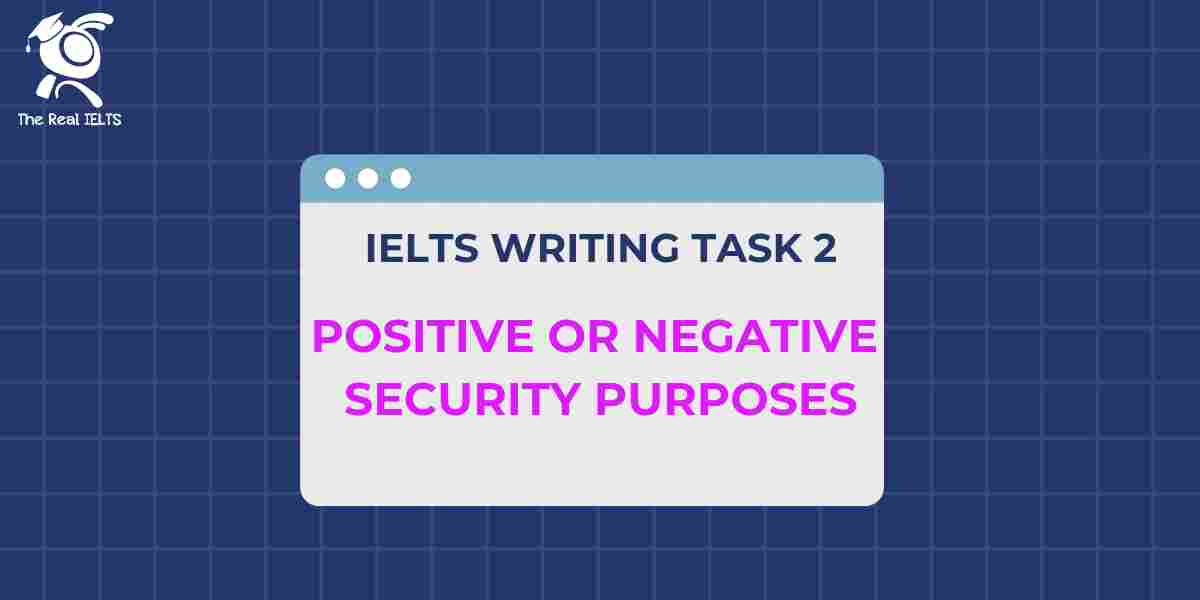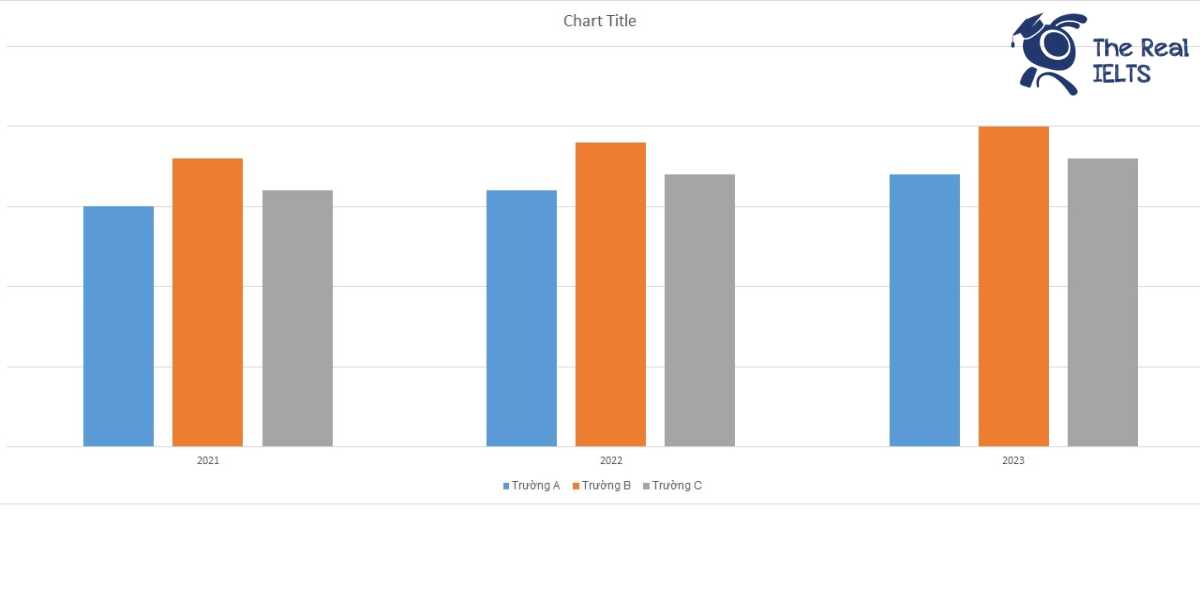IELTS Speaking là cơ hội để bạn mô tả hệ thống giáo dục tại quê nhà. Hãy nêu bật các cấp học, chất lượng giảng dạy, và các thành tựu nổi bật của nền giáo dục địa phương để gây ấn tượng.
Đọc thêm các bài luyện thi IELTS khác.
Đọc thêm câu hỏi khác tại: IELTS Speaking Part 1: Introduction and Interview chủ đề Your hometown.
Đọc thêm: IELTS Speaking: Are there many job opportunities in your hometown?
Câu trả lời cho IELTS Speaking: What is the education system like in your hometown?
Ví dụ 1
Introduction (30-45 seconds):
The education system in my hometown is quite structured and follows the national curriculum, but it also has some unique characteristics that reflect our local culture and values. Generally, it is divided into three main levels: primary, secondary, and higher education. Over the years, the system has evolved to incorporate modern teaching methods and technology, but it still faces some challenges, such as overcrowded classrooms and limited resources in rural areas. Overall, education is highly valued in my hometown, and families place a strong emphasis on academic success.
Body 1: Primary Education (1 minute):
Primary education in my hometown typically starts at the age of 6 and lasts for 5 years. During this stage, children learn basic subjects like math, science, language, and social studies. One unique aspect is that local history and culture are often integrated into the curriculum to help students develop a sense of identity and pride in their heritage. For example, students might learn about traditional festivals, local heroes, or regional geography. Schools also focus on developing soft skills, such as teamwork and communication, through group activities and projects. However, in rural areas, some primary schools struggle with a lack of qualified teachers and proper facilities, which can affect the quality of education.
Body 2: Secondary Education (1 minute):
Secondary education is divided into two stages: lower secondary (grades 6-9) and upper secondary (grades 10-12). At this level, students begin to study more specialized subjects, such as physics, chemistry, and advanced mathematics. In my hometown, there is a strong emphasis on preparing students for national exams, which determine their eligibility for higher education. This can create a lot of pressure, as these exams are highly competitive. To support students, many schools offer extra tutoring sessions, and some families even hire private tutors. Additionally, vocational training programs are becoming more popular, providing students with practical skills for careers in fields like technology, healthcare, and agriculture.
Body 3: Higher Education and Challenges (1 minute):
For higher education, students in my hometown often move to bigger cities or even abroad to attend universities or colleges. There are a few local institutions, but they tend to have limited programs and resources. Scholarships and government funding are available to help talented students pursue their studies, but competition for these opportunities is fierce. One of the biggest challenges in the education system is the disparity between urban and rural areas. Schools in cities are generally well-equipped with modern technology and experienced teachers, while those in rural areas often lack basic infrastructure, such as libraries or science labs. This inequality can limit opportunities for students from less privileged backgrounds.
Conclusion (30-45 seconds):
In conclusion, the education system in my hometown is a mix of tradition and modernity. While it has made significant progress in recent years, there is still room for improvement, particularly in addressing the gap between urban and rural schools. Despite these challenges, education remains a top priority for families, and students are encouraged to work hard and aim for success. I believe that with continued investment and reforms, the system can provide even better opportunities for future generations.
Ví dụ 2
Introduction (30-45 seconds):
The education system in my hometown is something I’m quite familiar with, as I went through it myself and have seen how it has changed over the years. It’s a system that emphasizes academic excellence and discipline, but it also has its fair share of challenges. Like many places, it follows a national curriculum, but there are some unique aspects that reflect the values and priorities of our community. Overall, I would say it’s a system that strives to prepare students for the future, though it’s not without its flaws.
Body 1: Structure of the System (1 minute):
The education system in my hometown is divided into three main stages: primary, secondary, and higher education. Primary school starts at age 6 and lasts for 5 years, focusing on foundational skills like reading, writing, and basic math. Secondary school is split into two phases: lower secondary (grades 6-9) and upper secondary (grades 10-12).
During these years, students are exposed to a wider range of subjects, including sciences, humanities, and foreign languages. One thing that stands out is the emphasis on extracurricular activities, such as sports, music, and debate, which are seen as important for holistic development. However, the pressure to perform well in exams, especially in upper secondary, can be overwhelming for many students.
Body 2: Teaching Methods and Resources (1 minute):
In terms of teaching methods, there’s a mix of traditional and modern approaches. Many schools still rely heavily on lectures and rote memorization, which can make learning feel repetitive at times. However, there’s been a push in recent years to incorporate more interactive and technology-driven methods, such as using smartboards, online resources, and group projects. Unfortunately, not all schools have equal access to these resources. Urban schools tend to be better equipped, while rural schools often struggle with outdated materials and a lack of qualified teachers. This disparity is something that needs to be addressed to ensure all students have a fair chance to succeed.
Body 3: Challenges and Opportunities (1 minute):
One of the biggest challenges in the education system is the intense focus on exams. Starting from a young age, students are constantly preparing for standardized tests, which can create a lot of stress and anxiety. While this focus helps students develop discipline and a strong work ethic, it can also discourage creativity and critical thinking. Another challenge is the lack of career guidance. Many students graduate without a clear understanding of their options, which can lead to confusion and mismatched career choices. On the positive side, there are growing opportunities for vocational training and internships, which provide practical skills and help students explore different career paths.
Conclusion (30-45 seconds):
In summary, the education system in my hometown is a blend of strengths and weaknesses. It places a high value on academic achievement and discipline, but it also faces challenges like exam pressure and resource inequality. Despite these issues, I believe the system is moving in the right direction, with more emphasis on modern teaching methods and vocational training. With continued improvements, I’m hopeful that it will better serve the needs of all students and prepare them for a rapidly changing world.


